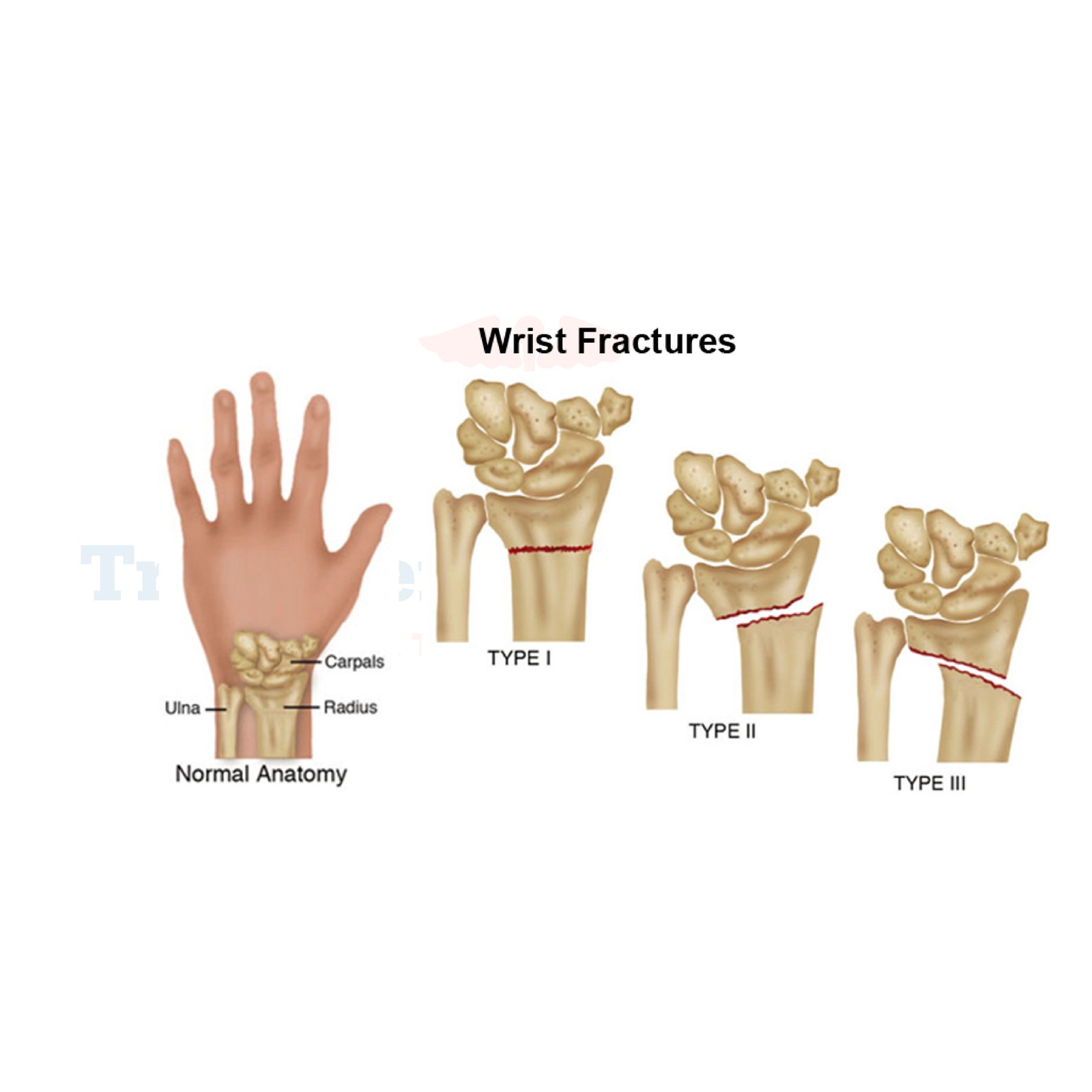Wrist Fractures Treatment in Germany
When you’re dealing with a wrist fracture, it’s not just the pain or limited mobility that’s challenging, it's the uncertainty of how to recover fully and prevent further complications. Germany offers world-class medical care for wrist fractures, combining expert diagnosis, cutting-edge treatment, and personalized rehabilitation to ensure the best long-term outcomes.
What Is a Wrist Fracture?
A wrist fracture occurs when one or more bones in the wrist break due to injury or strain. It’s a common injury, especially among active individuals who may experience falls, sports accidents, or overuse. While painful, proper treatment can lead to complete recovery and even long-term benefits, such as improved posture and body mechanics.
Side Effects of Wrist Fractures
Healing from a wrist fracture involves more than physical recovery. Here are some common side effects you should be aware of:
- Pain and Stiffness: Discomfort in the wrist, often accompanied by reduced flexibility and range of motion.
- Swelling: Temporary swelling in the injured area, particularly in the initial phases of recovery.
- Weakened Grip Strength: Diminished ability to hold or carry objects while healing occurs.
- Activity Limitation: Difficulty performing daily tasks, from typing to lifting.
- Rest and Recovery: Wrist fractures encourage patients to rest, reducing the chance of worsening pre-existing strain.
Causes of Wrist Fractures
Wrist fractures can occur from a variety of causes, but these are the most common scenarios to look out for:
- Falls: A natural instinct to break a fall with your hand often results in a fracture.
- Sports Injuries: High-impact activities like skiing, cycling, or contact sports frequently contribute to wrist injuries.
- Accidents: Road accidents or industrial accidents can lead to significant wrist trauma.
- Bone Weakness: Conditions like osteoporosis increase susceptibility to fractures.
Symptoms of a Wrist Fracture
Recognizing the symptoms early is crucial for prompt medical attention. You may experience the following signs of a wrist fracture:
- Sudden Pain: Sharp and immediate pain often signals a break.
- Swelling or Bruising: Noticeable swelling around the wrist area.
- Deformity: A bent or out-of-place wrist is often a clear sign of a fracture.
- Limited Mobility: Difficulty moving your wrist or fingers.
- Tenderness: Heightened sensitivity when touching the wrist.
Diagnosis of Wrist Fractures
Doctors in Germany use advanced techniques to accurately diagnose wrist fractures and determine the best course of action. Diagnosis typically involves these steps:
- Physical Examination: Identifying deformities, tenderness, and mobility limitations.
- X-rays: Standard imaging method to confirm the precise location and extent of the fracture.
- MRI or CT Scans: Used for more complex conditions or to assess soft tissue damage.
- Grip Strength Testing: Monitoring the hand’s overall strength and function.
Wrist Fractures Treatment in Germany
Germany offers a range of advanced treatment options tailored to the severity of your injury. Below are the most common approaches:
- Immobilization: A cast or splint is often used to stabilize the wrist while it heals.
- Surgical Intervention: Procedures like pinning or fixation may be necessary for severe fractures.
- Physical Therapy: Post-treatment recovery plans to restore motion and strength.
- Pain Management: Expert-guided methods to reduce discomfort and aid the healing process.
- Follow-up Care: Continuous health monitoring to ensure proper recovery and prevent complications.
Why Choose Treatment in Germany?
Germany stands out as a global leader in healthcare, especially for musculoskeletal injuries like wrist fractures. Here’s why you should consider treatment in Germany:
- Highly Experienced Specialists: World-renowned orthopedic and trauma surgeons.
- Cutting-edge Technology: Advanced imaging and minimally invasive surgical techniques.
- Comprehensive Rehabilitation Centers: Holistic programs tailored for recovery and strength building.
- Multilingual Healthcare Services: English-speaking professionals for seamless communication.
- Efficient Healthcare System: Short waiting times and exceptional patient care.
Conclusion
Don’t let a wrist fracture put your life on hold. With superior treatment options and expert care facilities, Germany offers everything you need to recover fully and regain your active lifestyle. Choose Germany for your wrist fracture treatment and benefit from state-of-the-art medical practices combined with compassionate care. Our specialists utilize the latest advancements in orthopedic technology to deliver precise diagnostics and optimized recovery plans tailored to your needs. Take the first step towards regaining your full range of motion and improving your quality of life.
👉 Contact us for further information and receive a complimentary consultation.

.webp)
.webp)
 (1).webp)
 (1).webp)

.webp)
.webp)
 (1).webp)
 (1).webp)
